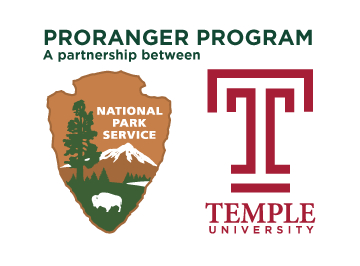 |
| View of Half Dome from the Snow Creek Trail |
One of the most important presentations at the ALS refresher focused on first responder resiliency. As a first responder, it is common to care for those in need. However, caring for others can come at a cost. While responding to emergency calls, first repsonders can suffer physical and or emotional pain. Although the effects of responding to emergency calls and caring for others differs among emergency responders, it is important to care for yourself and colleagues. The presentation focused on dismantling stigmas that prevent first responders from acknowledging the effects of their work and encouraged self care. I am grateful to have been a part of this discussion where I learned how to manage stress and work through traumatic situations early in my career.
In addition to attending lectures presented by a variety of medical professionals, I also participated in a wide array of skills based scenarios. The first scenario focused on bleeding control through the use of a tourniquet and hemostatic gauze. I was able to refine my ability to utilize a tourniquet to control major bleeding while learning how to pack a wound (chicken breast) with hemostatic gauze. Even with these basic bleeding control skills, it is important to practice and stay sharp. Unbeknownst to me, I would apply a tourniquet to a patient only an hour after this scenario!
 |
| Self application of a tourniquet inferior to the knee |
 |
| Hemostatic Gauze used in puncture wounds |
 |
| Packing a simulated wound with hemostatic gauze |
After the bleeding control scenario, I joined a group of ALS providers for a pediatric cardiac arrest scenario. The scenario was a great team building exercise in a high stress environment. Working as a team exemplified the need for clear communication during a medical call. Although I have practiced cardiac arrest skills for adult patients in the past, I learned a lot of new information specific to pediatric patients.
 |
| Pediatric Cardiac Arrest Scenario |
In addition to attending portions of the ALS refresher this week, I responded to my first trauma call in the park that involved applying some skills and knowledge discussed during the refresher. After falling from 15 feet, a climber sustained a significant injury that resulted in the use of a tourniquet and lower extremity stabilization. The patient was ultimately flown out of the park on a med ship for more definitive care. While there is always room for improvement, I was amazed by the clear communication, teamwork and establishment of incident command early on during the call. Together, these skills ensured that the patient had the highest level of care possible.
 |
| PHI Med Ship landed in Ahwahnee meadow to transport the patient |
Until next time,
ProRanger Caruso















